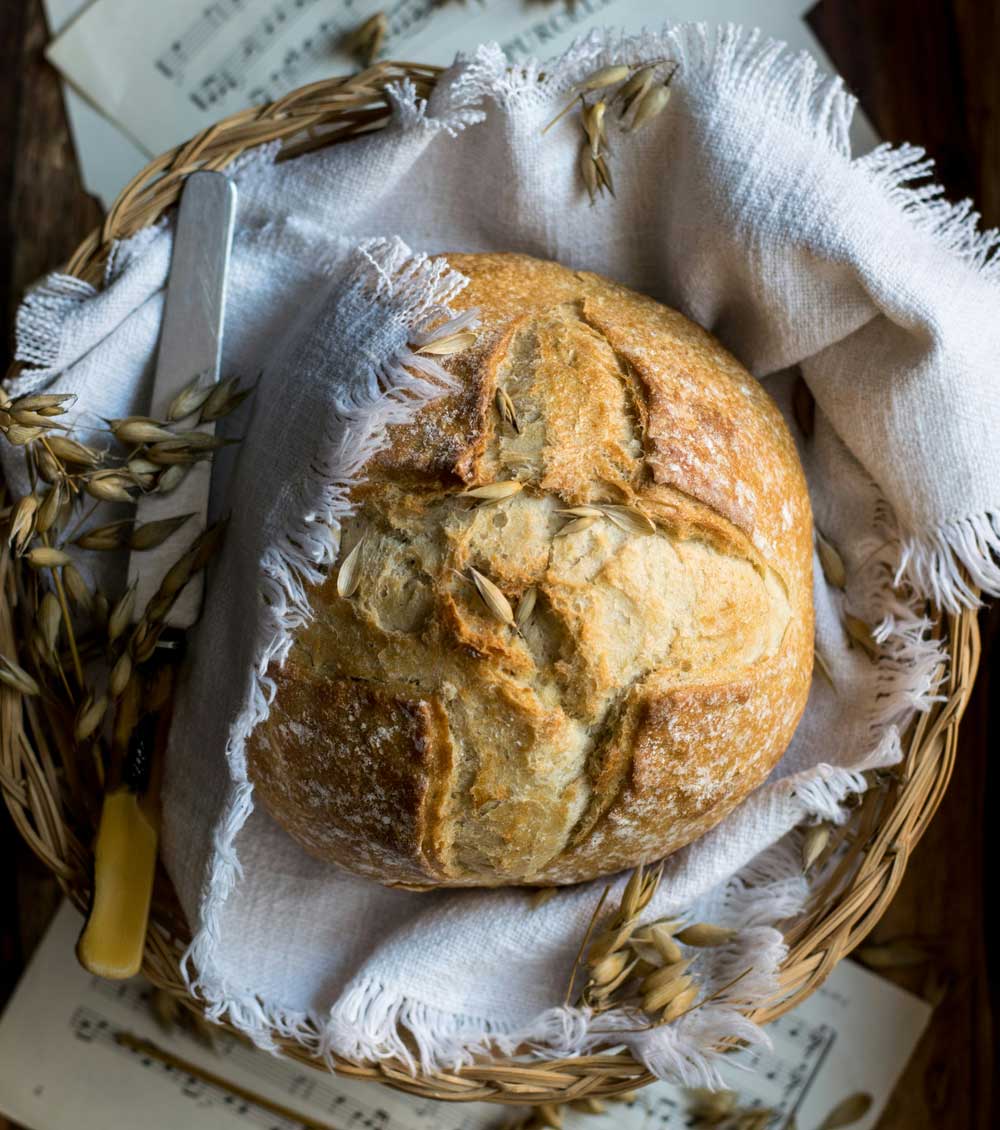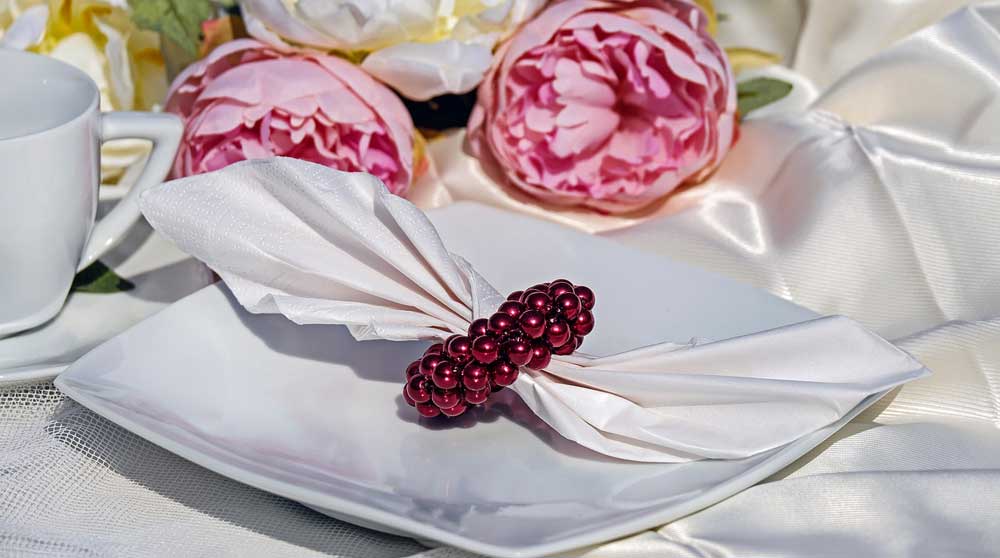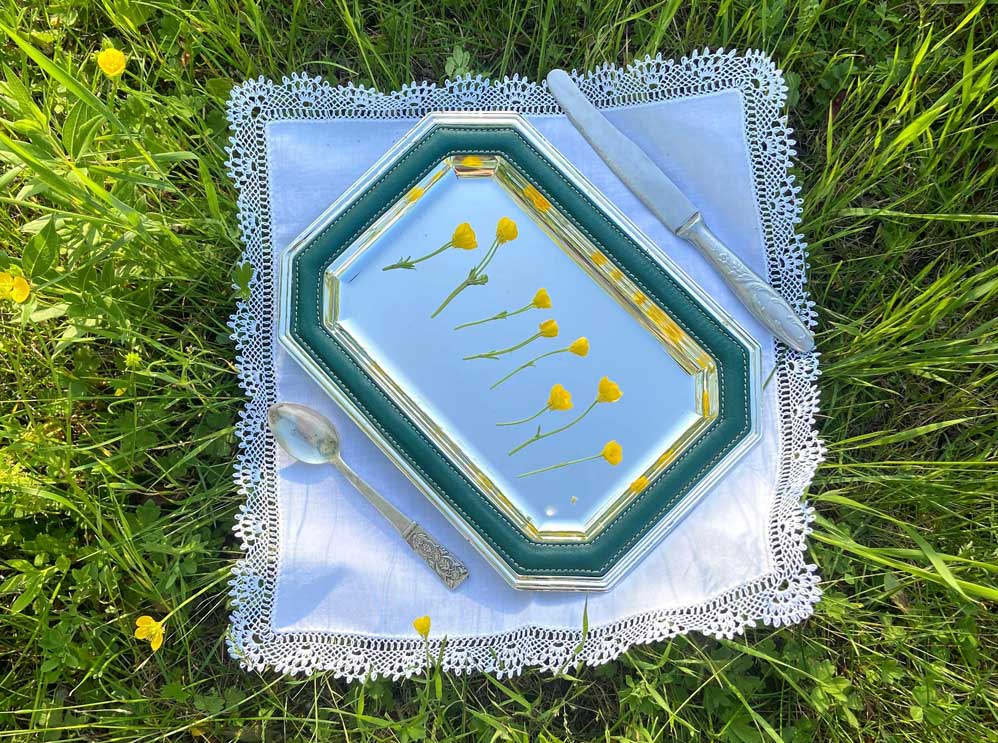As sewing enthusiasts, we’re always looking for the best tool for the job, but do we always need to look only at the fabric or quilt shop for the right tool? Heaven’s no…any store is fair game! Check out some of these handy tools that didn’t have sewing as their original purpose.
Hemostats
Medical professionals will recognize these tools from the operating room where they’re used to access small areas during surgery and clamp blood vessels together, but in the sewing room, it’s a different story. These small scissor-like tools are ideal for turning things and for stuffing tiny areas. Dollmakers swear by them for getting fiberfill into mini-fingers and toes. They’re also useful for turning bag straps and helping to create sharp points on collars. For spaghetti straps and other small tubes, long hemostats are a godsend.
This tool comes in a variety of shapes and sizes—some have curved blades, others have long and skinny straight blades, and some have rounded, blunt-nose tips.
Magnetic bowl/tray
 Head to the auto supply store, big box stores like Home Depot or Lowe’s, discount tool stores like Harbor Freight, or on Amazon for this handy device. It’s designed to hold screws, bolts and other small metallic parts removed during automotive servicing. But in the sewing room, it makes an ideal holder for pins and/or needles. Depending on your machine brand, some sewing machine feet can also be corralled with one of these bowls.
Head to the auto supply store, big box stores like Home Depot or Lowe’s, discount tool stores like Harbor Freight, or on Amazon for this handy device. It’s designed to hold screws, bolts and other small metallic parts removed during automotive servicing. But in the sewing room, it makes an ideal holder for pins and/or needles. Depending on your machine brand, some sewing machine feet can also be corralled with one of these bowls.
The magnetized bowls come in multiple shapes and sizes, some purely metallic, others with colorful plastic borders. Some are collapsible for easier toting and storing.
One caution: Be sure whatever you want to store is made from a metal that is magnetically attracted, like steel or nickel…otherwise things can fall out of the bowl.
Magnetic Knife Holder
Another magnetic fav from the kitchen section! Designed to hold the knife blades along a rail, these handy devices are ideal for storing scissors and other magnetically attractive sewing tools. Just hang it on the wall in your sewing room and you’ll always know where to find your items.
Dental Floss
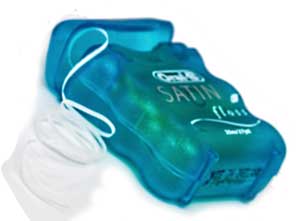 We all know that flossing is good for your dental health, but the floss itself can be helpful in your sewing room as well.
We all know that flossing is good for your dental health, but the floss itself can be helpful in your sewing room as well.
Floss is ideal for making gathers in all kinds of fabric. Simply sew over a strand of it with a wide and open zigzag stitch, the pull the floss to gather the fabric to the size needed (hold one end to avoid pulling it out of the thread channel).
Waxed dental floss is also helpful for sewing on buttons, as it makes a more secure attachment, especially for metal buttons that can sometimes wreak havoc with thread.
Wooden Spoon
Even if you have a large arsenal of professional pressing tools, there comes a time when something you’re trying to press may be too small to use with any of them. Enter the trusty narrow round wooden spoon handle. Whether it’s a spaghetti strap for a sundress or a shoulder strap for a tote, both need to be pressed and have the seams positioned. Once your sewn piece is turned, simply slide it over the wooden spoon handle and press as needed. Note: Be sure your spoon handle is raw wood and not coated, painted or finished with something that will come off on your fabric when subjected to the heat of the iron.
A wooden spoon handle can also be used to help turn a narrow tube as well or as a “finger-presser” for fabrics that can’t take the heat of an iron, like vinyl or laminated cottons. The bowl of the spoon can be used to press seams open at your machine without making repeated trips to the iron—just press and drag it along the opened seam.
Straws

Cut off a short bit of a straw and tape it to the front bed of your sewing machine (just in front of the foot) as a guide for feeding yarn or trim you want to couch. It helps the thread feed evenly in the needed location.
This same function can be accomplished by taping a straw segment above the presser foot and feeding the yarn or other couching material down through it and then under the foot.
Flex Straws
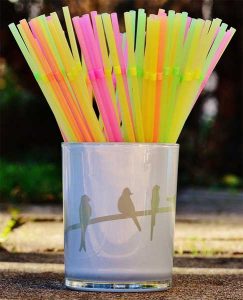 Flex straws that bend allow for even more precise placement in awkward areas.
Flex straws that bend allow for even more precise placement in awkward areas.
A straw segment can also be used in place of a bodkin to help thread elastic or a drawstring through a stitched channel. Just insert the carrier, tape the end in place and push the length through the opening. And a straw is perfect to thread through bobbins to keep them corralled.
So, next time you’re shopping, ask yourself “Is there a sewing use for that?”
~Linda Griepentrog is the owner of G Wiz Creative Services and she does writing, editing and designing for companies in the sewing, crafting and quilting industries. In addition, she escorts fabric shopping tours to Hong Kong. She lives at the Oregon Coast with her husband Keith, and three dogs, Yohnuh, Abby, and Lizzie. Contact her at .





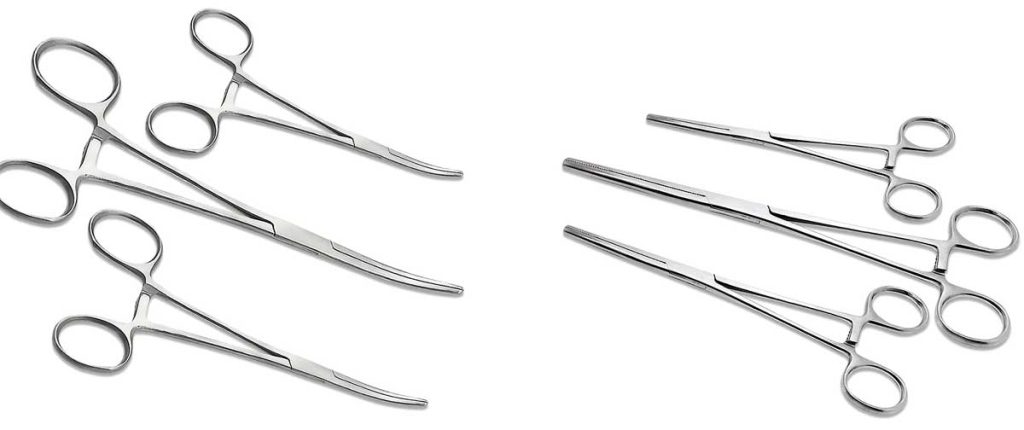
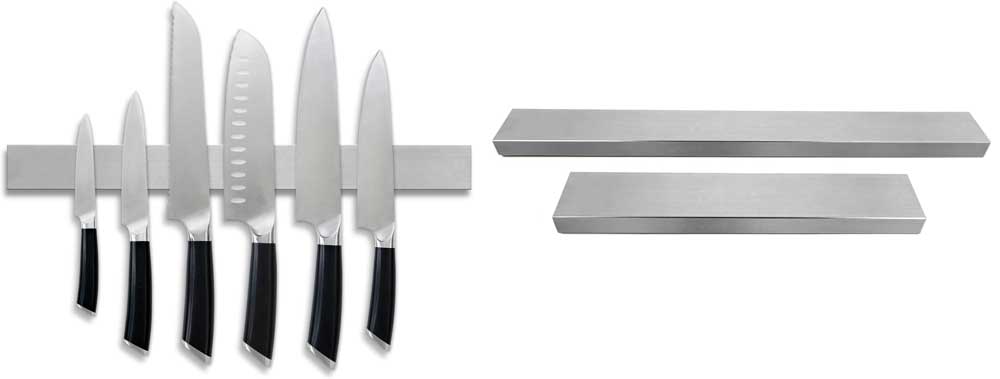

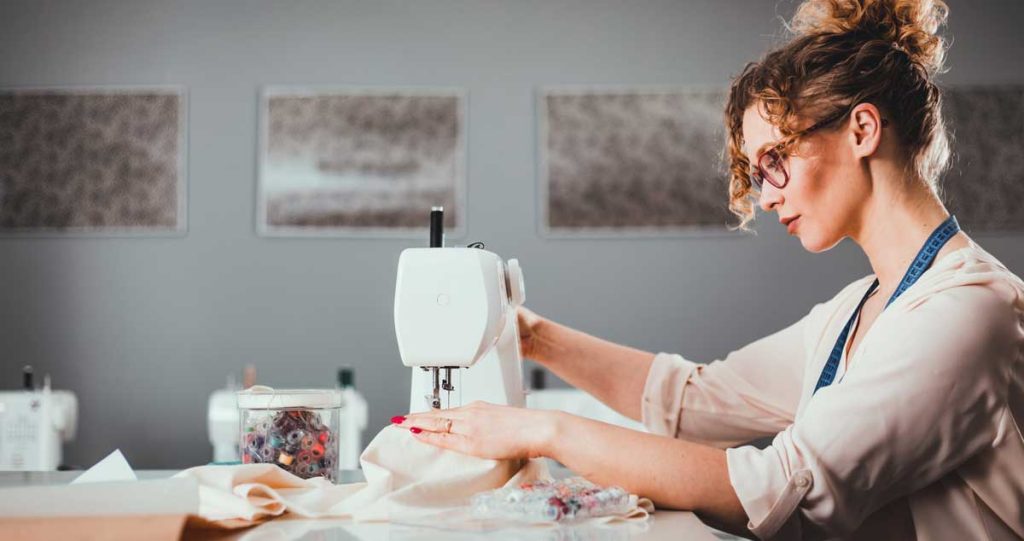
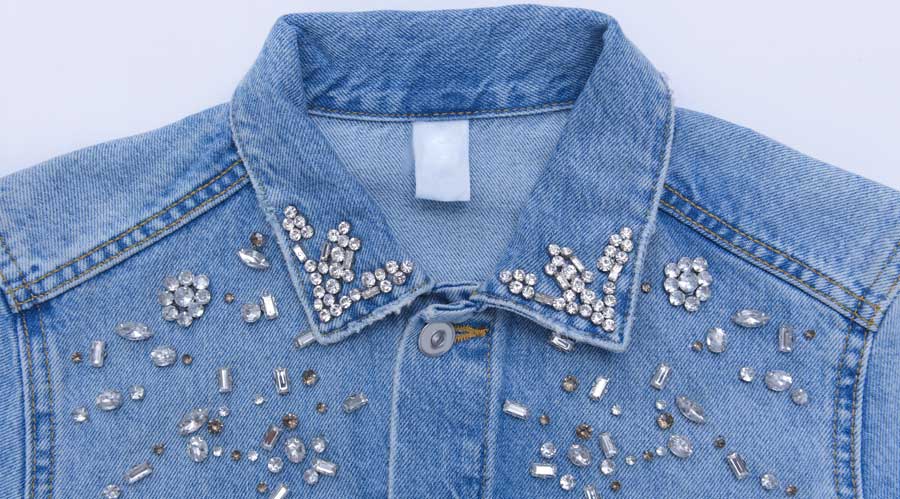

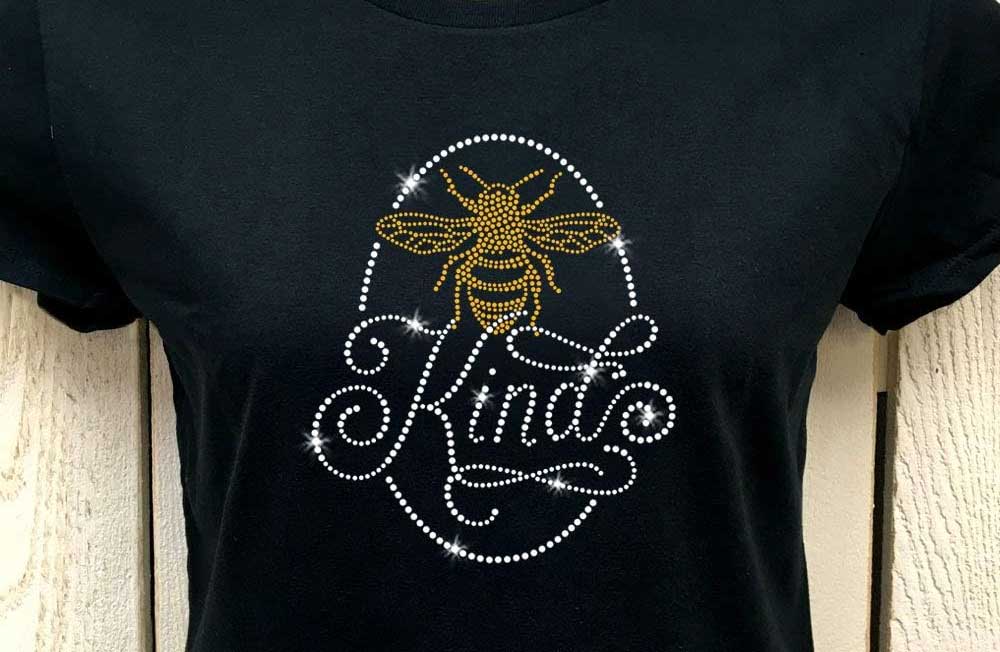
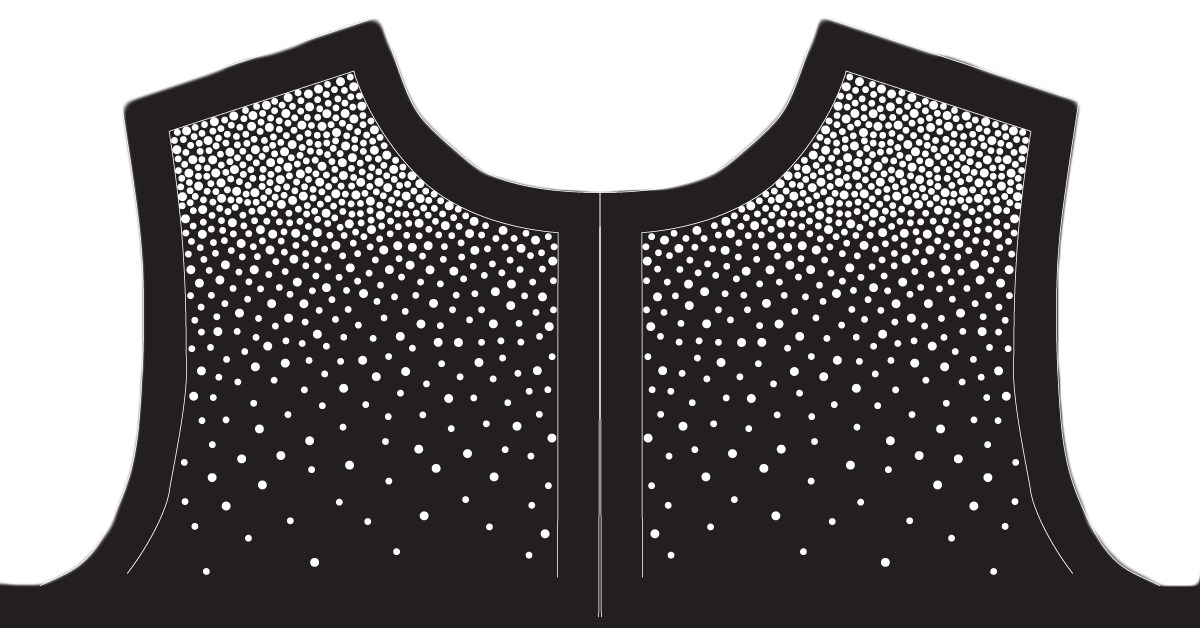
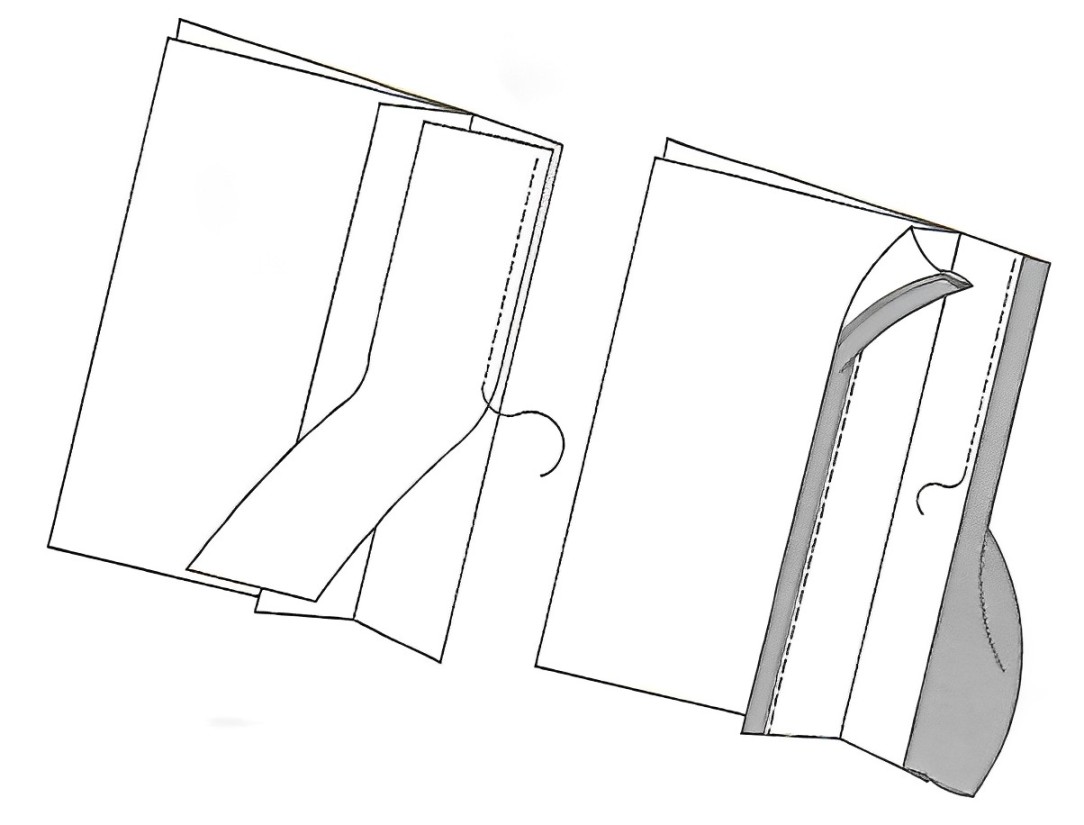
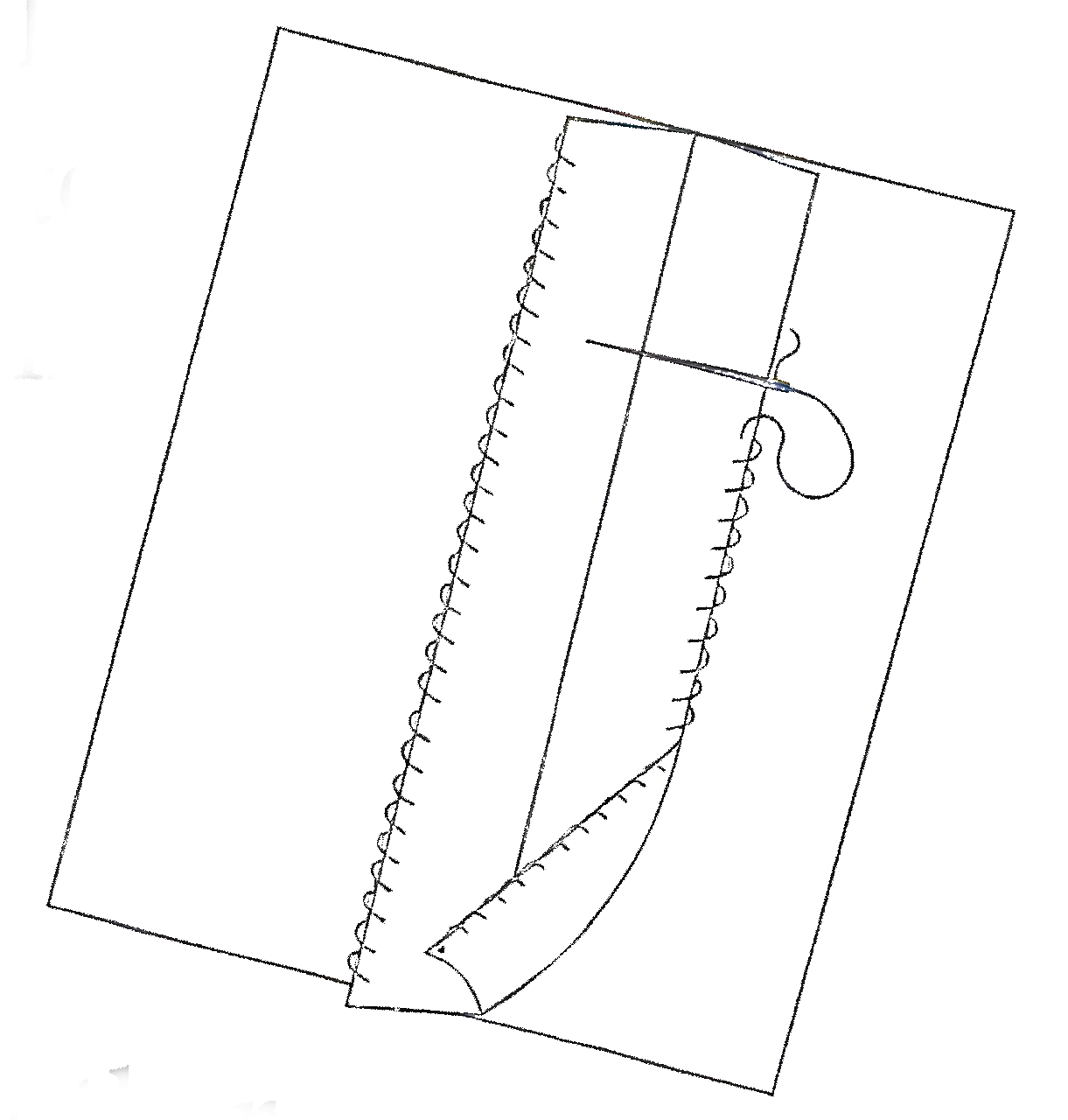
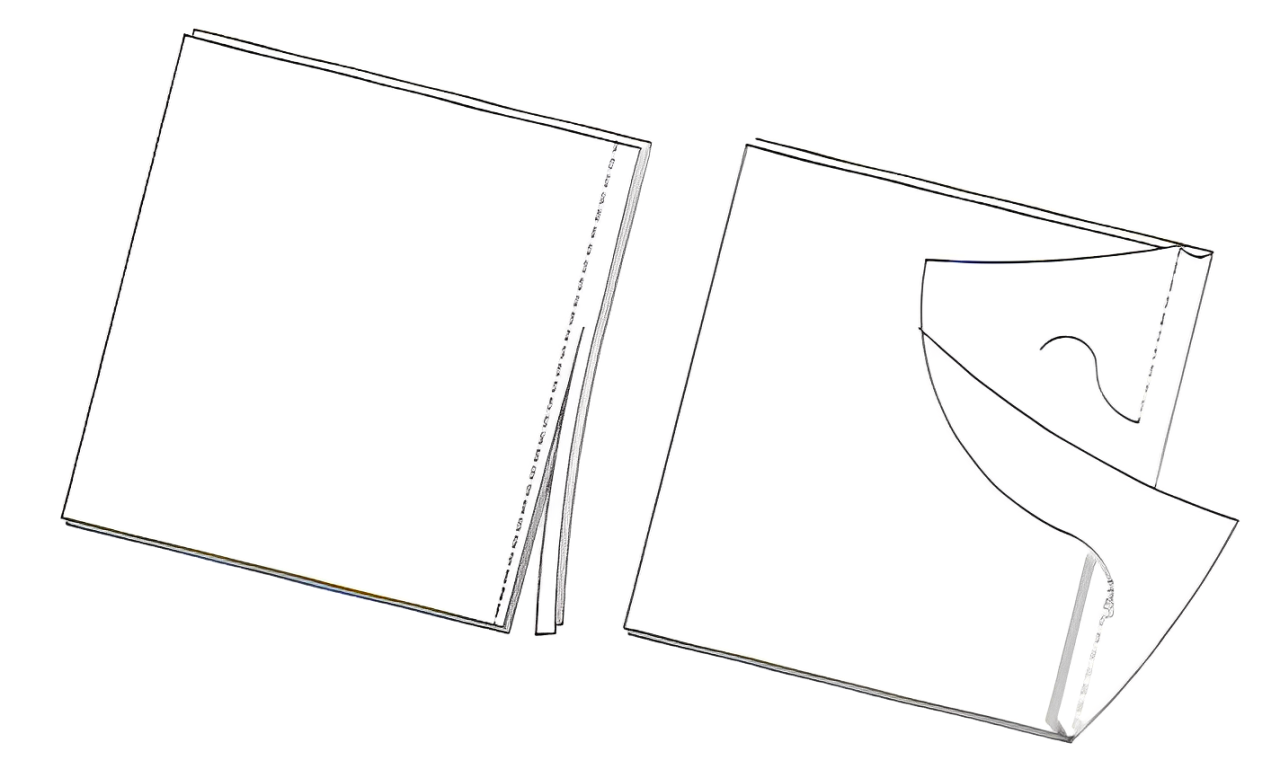
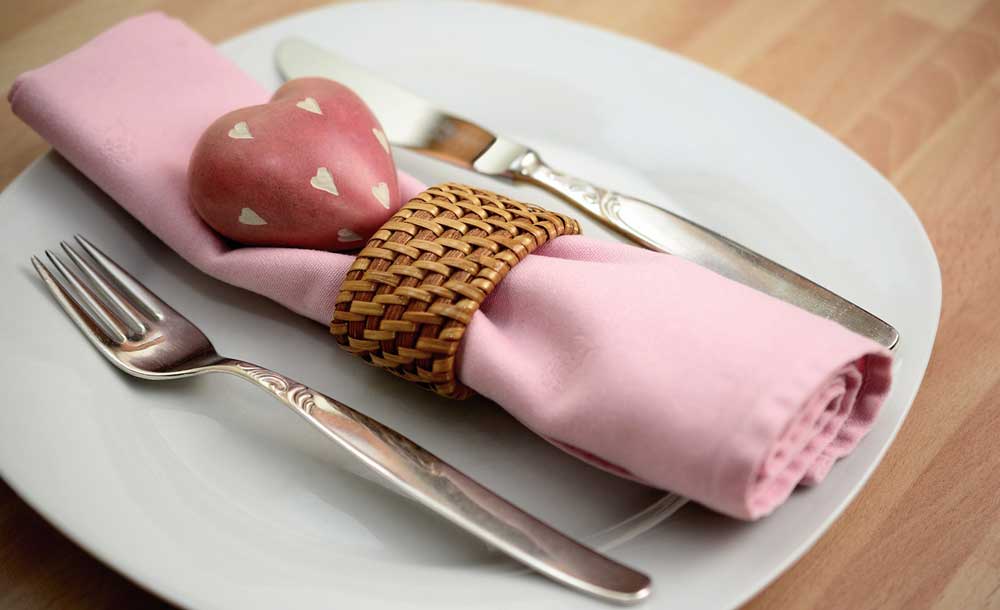
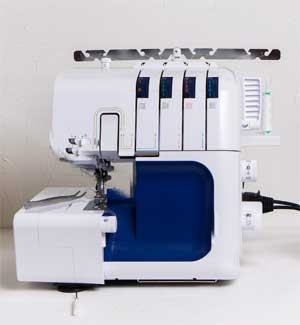 The key decision for napkin-makers is choosing an edge finish. There are many options, so let us count the ways.
The key decision for napkin-makers is choosing an edge finish. There are many options, so let us count the ways.